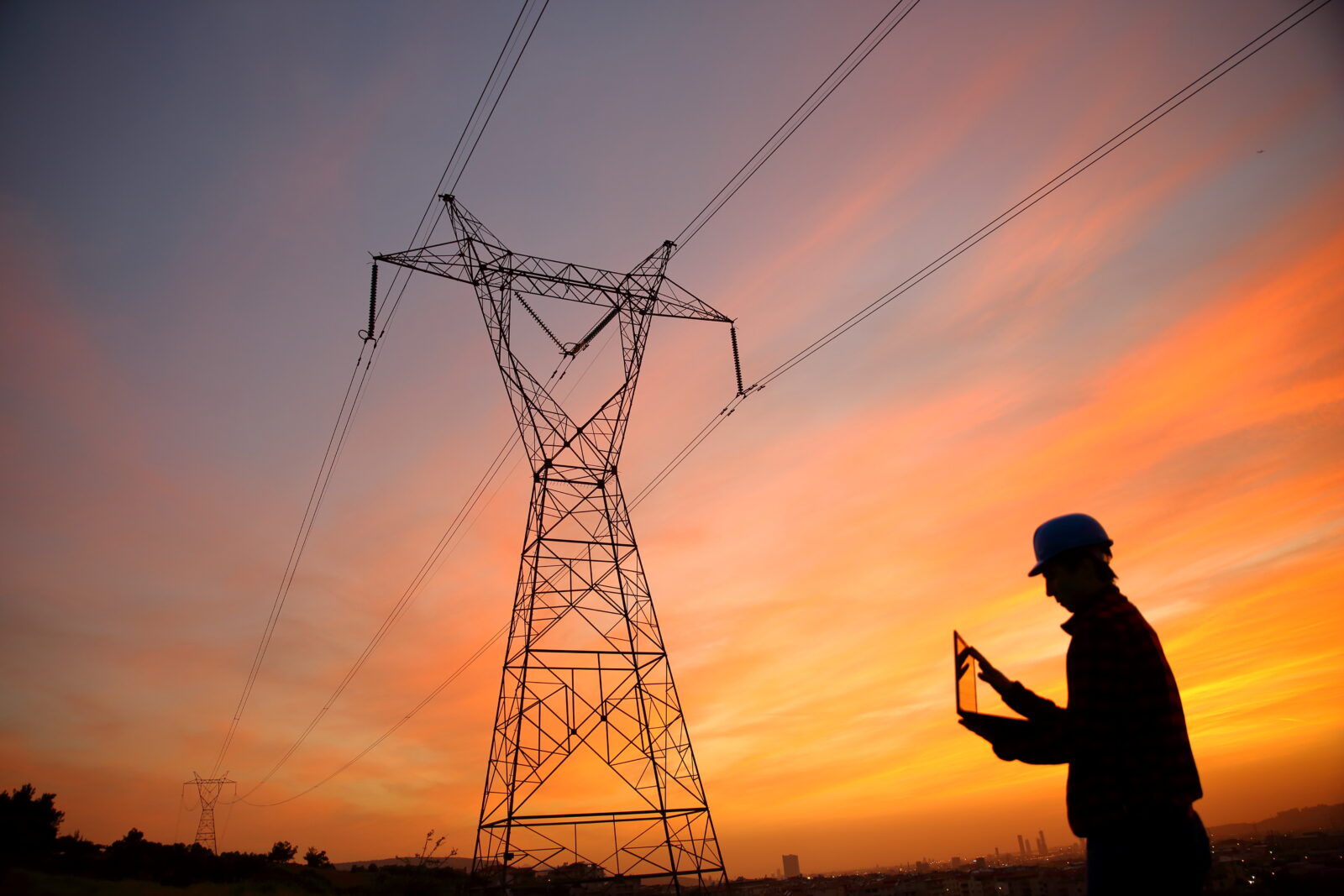We have much more to do and your continued support is needed now more than ever.
A Reliable Power Grid
FERC’s Transmission Planning Rule Can Provide a Reliable Grid for Everyone

Our electricity demands are increasing, as we electrify transportation and heating systems and require more data centers and manufacturing and industrial facilities. To meet these demands, we need a reliable and resilient power grid that not only provides us the energy we need but also can withstand increasing national security threats and the impacts of climate change, including more severe weather like floods, wildfires, droughts, and severe winter storms.
Unfortunately, our nation’s power grid is outdated. This means our power grid is not ready for all the new electricity states are trying to bring online. Operating with an outdated grid has resulted in dangerous blackouts and numerous, avoidable deaths during winter storm Elliott in December 2022, Hurricane Ida in 2021, and heat waves in the West in 2020.
In 2022, the Federal Energy Regulatory Commission (FERC) began a pivotal proceeding to help the nation create a pathway forward with the Transmission Planning and Cost Allocation Notice of Proposed Rulemaking. Transmission is the key to ensuring everyone—regardless of where they live—can access reliable and low-cost power.
A good FERC rule will help states meet policy goals, such as attaining certain megawatts of clean energy installation. These policy benefits are not new and are just one of 12 benefits in long-term transmission plans that the FERC uses to assess proposed transmission projects. In fact, public policy is a benefit factor that originated in FERC Order No. 1,000 over 13 years ago.
Regardless of policy type and stage, many states can benefit from transmission planning that considers all the benefits of transmission. States like Massachusetts with ambitious clean energy goals can benefit from the FERC rule, while states like Iowa, Wyoming, and Texas that are becoming clean energy leaders and taking advantage of funding to include more clean energy can also benefit. This is great news!
The Federal Energy Regulatory Commission’s forthcoming transmission planning rule must facilitate the transition to clean energy and improve reliability and resiliency of the power grid with reasonable rates. Here’s how:
The FERC rule must require long-term planning and consider multiple scenarios.
As our sources of energy expand, transmission planning must align with the anticipated needs. Some states are already moving to clean energy and creating a diverse generation mix, using both traditional fossil fuels and clean energy sources. Iowa and Texas are some of the leading wind producers in the U.S., producing over 34.1 an 92.9 Terawatt-hours of electricity from 2020 to 2021, respectively.
Iowa and Texas also received $4.6 billion and $31.7 billion in funding, respectively, through laws like the Inflation Reduction Act and Infrastructure Investment and Jobs Act (IIJA), which will help to deploy more clean energy within their states. Even Wyoming generates about five to 10 Terawatt-hours of electricity and received $3.9 billion in IIJA federal funding.
This means it is important for states like Iowa, Wyoming, and Texas—that are already seeing and taking advantage of funding to change their energy mix to include more clean sources—that this rule aligns with the anticipated future energy mix, reflects consumer demand, and is guided by state and federal public policy.
How can this happen?
The rule must create a strong basis for establishing a regional transmission planning framework with comprehensive scenario modeling that spans a minimum of 20 years. A strong basis includes modeling that considers scenarios where demand for electricity is high and many renewables are developed.

The FERC rule must require transmission planners to plan for all the benefits of transmission.
Transmission offers many benefits. These benefits can include reliability benefits, resiliency benefits, congestion relief, greenhouse gas emission reduction, and many more. Considering these benefits in transmission scenario planning can and should inform project selection.
The FERC must answer the “who pays” question with clear direction.
FERC must ensure that any cost allocation (deciding who pays) methodology approved by states accounts for all quantifiable benefits of transmission and still adheres to the “beneficiary pays” principle. Where states cannot agree on a cost allocation methodology, the FERC must create a default policy using the same standard to prevent disputes that could delay needed transmission projects.
The FERC has a pivotal opportunity to make our energy grid more resilient and reliable and to create a path to an economy powered by clean energy that benefits future generations.





















